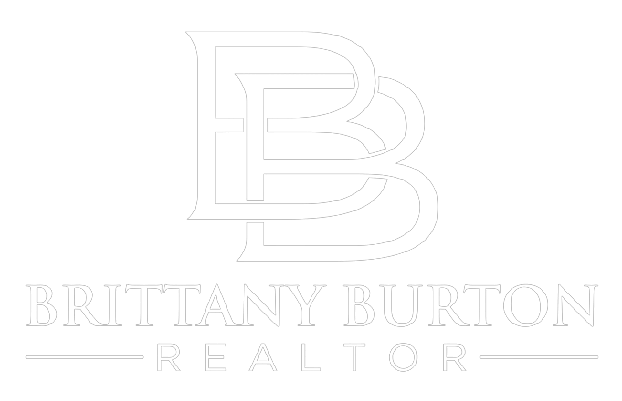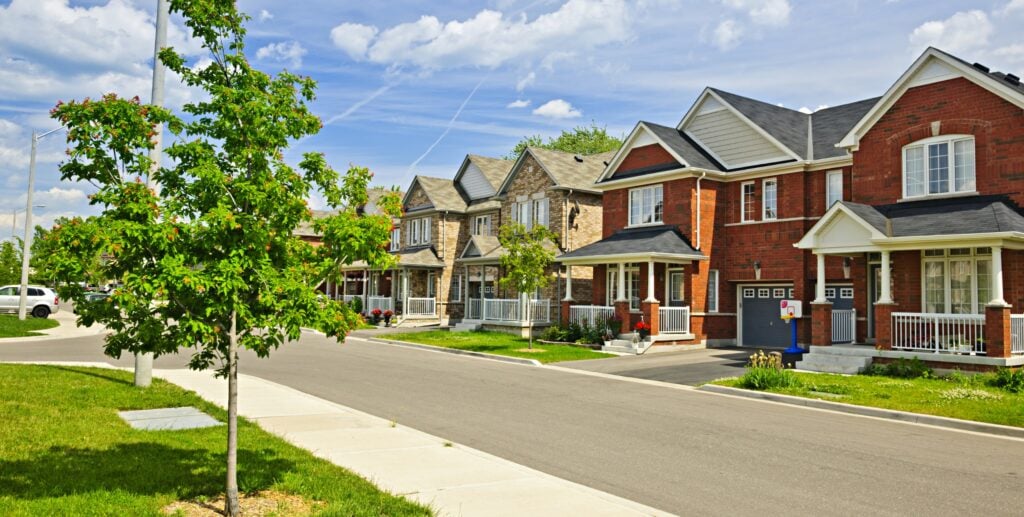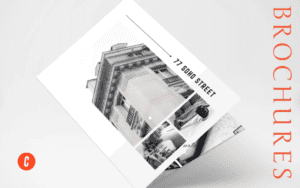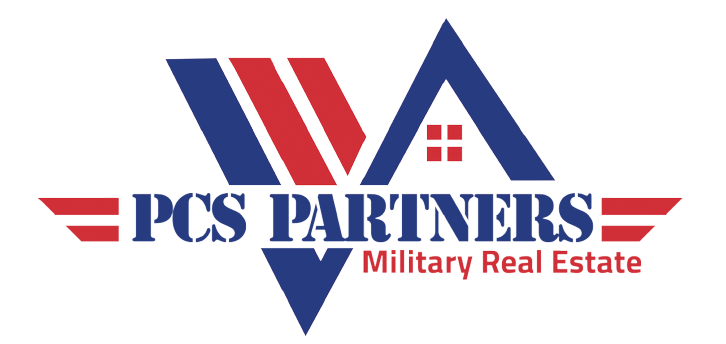I have been investing in real estate since 2005, and to this day, I have yet to hear another investor say, write or imply anything similar to the following,
“You know, I have this problem where I end up budgeting too much for rehab. I end up borrowing more than I need to, and I’m probably missing out on deals because my rehab budgets are too big. I always seem to come under budget.
I’ve gotten better and better at hitting budget since I started, but I still go over more often than I’d like to admit, and very rarely do I come down. So, from what I’ve experienced (and heard about), mistakes are not made equally in both directions when it comes to rehab budgets. We are heavily biased towards a low budget for rehab expenses.
Actually, we’re generally biased towards low budgets.
Why Rehab Budgets Are Usually Too Small
There are a large number of things that often go unaccounted for when estimating a rehab budget – especially by newbies but also by more experienced investors.
One of the bigger costs is the holding cost. If they are remembered in the first place, investors often assume that the project will move faster and there will be no delays. Unfortunately, this often does not happen.
Perhaps the contractor doesn’t start on time or is slower than expected, or maybe you even need to replace them in the middle of the job. Or maybe there’s a permit problem and construction has stalled in town. (There’s a problem on a duplex that took us nine months to resolve.) Or there are supply chain issues that are returning orders on parts. On a small commercial property, we’ve been waiting for a 1000-amp meter bank for about a year due to supply chain issues. This has become more common of lateEspecially with power tools.
We’ve also had situations where we’ve prioritized smaller projects that we can get done quicker and let larger ones sit around longer than originally anticipated. Properties also sometimes take longer than expected to sell or lease. (Many of the first-day offers that flippers are accustomed to in 2021 are no longer here.) Therefore, any investor using the financing will have significantly higher loan payments. And then there are taxes, insurance, utilities, etc.
The next problem is that we often underestimate the cost by using the old numbers. With inflation high these days, it’s not uncommon for investors to use wildly out-of-date estimates when speculating. This has been especially true for HVAC. For example, as Samantha Lyle notes about HVAC last year, “some [HVAC manufacturers] have announced increases of up to 38%, while it is not uncommon to see increases of 3% to 20% compared to 2020 levels.
Next are the “punchout” items which are almost always numbered short. This can include things like trim, blinds, screens, outlet covers, light bulbs, doorknobs, closet poles and shelves, cabinet pulls, splash blocks, bark mulch, etc., as well as a deep clean. Throwing down $1,000 for all that often seems like enough, but it usually costs more.
However, the larger ones are unpredictable items. Often, when tested various parts of the house work but fail under load, i.e. with constant use. We find this most often with HVAC and supply lines, and from time to time with appliances.
Then there are the things you can’t see. It is common for a sewer line to break or become completely clogged with roots. Pro Tip: Scooping Your Sewer Line Highly recommended during due diligence.
Once you open a wall, there’s always the potential for problems. There may also be galvanized plumbing or knob and tube wiring in the walls that need to be replaced. Or there could be termite damage or rot that was missed because it was behind a wall or under a floorboard. You may also find that you’re dealing with lath and plaster instead of drywall (common in older homes), and repairs take a lot longer.
Every seasoned investor has stories of rehab budgets gone awry they’d be reluctant to tell. i wrote an article A while back about a project of ours that went over the edge, which is a good example of what can be left out for those interested. I remembered that the cabinets were trash, the electricity didn’t work in the finished basement, and I believed there was life in the HVAC, among other things. I budgeted $34,800. The total price came to $57,498.
And I’ve heard of worse.
Of course, many of these problems can be found in advance with a whole lot of due diligence. But you must accept that you are likely to miss something. And there is also a compromise. Due diligence takes time and energy, of which you only have so much. It is not appropriate to do unlimited hard work. It should be thorough but within reason.
For more information on budgeting rehab expenses, I highly recommend Jason Scott’s book: Book on Estimating Rehab Costs,
Some notable examples of this phenomenon
If that wasn’t convincing enough, it might be helpful to zoom out a bit and look at some examples to make this point. There are many historical examples of budgets not only being exceeded, but completely blown. some include,
- Famous Sydney Opera House It was budgeted to cost $7 million and take a few years to build. It took 14 years and cost $102 million, a barely noticeable 1357% over budget.
- Scottish Parliament House It had a budget of £50 million in 1998 before settling at £190, then £260, then £375, and finally £414.4 million in 2007.
- 1963 film Cleopatra It was originally budgeted at $2 million. By the time it was all said and done, the cost came to $44 million and 20th Century Fox was nearly bankrupt, despite it being the highest-grossing picture that year.
- Sochi Olympics It was budgeted at $7 billion but came in at $52 billion, although it should be noted that a large amount of that cost came in the form of “kickbacks and embezzlement”.
- In 1966 the House Ways and Means Committee estimated that by 1990, Treatment $12 billion (adjusted for inflation). Instead, it cost $107 billion.
The James Webb Space Telescope is an incredible achievement, but as Wikipedia log showsIn both time and money, it went over budget,
And that goes for everything, not just really big projects. Daniel Kahneman quotes two studies in his great book fast and slow thinking which are quite symbolic of this event,
“A study of rail projects in 2005 concluded that, on average, planners underestimated the number of people who would use the new rail system by 106% and underestimated the cost of construction by 45%.”
“…a survey of American homeowners who remodeled their kitchens found that the average person expected to pay more than $18,000, but ended up spending more than $38,000. (fast and slow thinking,
Now of course, there are examples of coming in “on time and under budget”. (though not as many as you might think, A study from KPMG found that only one-third of building contractors’ projects come in within 10% of their budget.) But other than that, there are virtually no examples in the opposite direction. For example, when I searched on Google for “most visited projects” I got under Budget.”
Yes, it is a one sided problem.
Historically, going over budget is a far more common problem than budgeting too much. in fact, to be overly optimistic There is a historical norm. Many people on both sides of World War I thought “The war will be over by Christmas,” and commentator Bill Kristol, like many others, infamously predicted that the Iraq War would be just a “Two Months of War”.
Rosy predictions are par for the course. Realism is not.
when it comes to real estate investing
There are three big tips when it comes to real estate investing, but the first is to embrace the undeniable reality that there is a systemic bias in its favor. underestimating rehabilitation budget. Please accept the fact that you are likely to end up spending more than you originally anticipated.
You need to accept that truth in order to be able to solve this problem and analyze deals accurately.
Once you’ve accepted it, you should do three things:
1) Prioritize Due Diligence
sure, don’t go overboard, but due diligence Will captures the many “unexpected costs” that blow up the rehab budget.
2) Add Contingencies
We hold a 20% contingency for “contingencies,” which can range from furnace failure to project start delays. You can put in more or less, but I would always add a contingency to any budget.
3) Review each project
Once one thing is done, it’s often tempting to move on to the next thing. This becomes even more true when it comes to bad projects. We really don’t want to think about such things. It is necessary to fight this temptation.
Analyzing how far your budget was from actual expenses and more importantly, Why It is essential to improve your ability to accurately estimate rehab projects you were off. in fact, in fast and slow thinkingDaniel Kahneman found that the best way to estimate the cost of a project is to look at similar projects in the past and use them as guideposts.
With due diligence and forethought, you should be able to stay in the ballpark of your budget. And if you compare your budget to the actual budget over time, you should get pretty close to that “on time and under budget” goal we all strive for.
But never be satisfied. It’s easy to fall back into the habit of underestimating rehab costs. Because, if nothing else, you will almost certainly underestimate them.
get the best money
Quickly find and compare investor-friendly lenders who specialize in your unique investment strategy. It’s faster, free and easier than ever!

Note by BiggerPockets: These are the views expressed by the author and do not necessarily represent the views of BigPockets.





